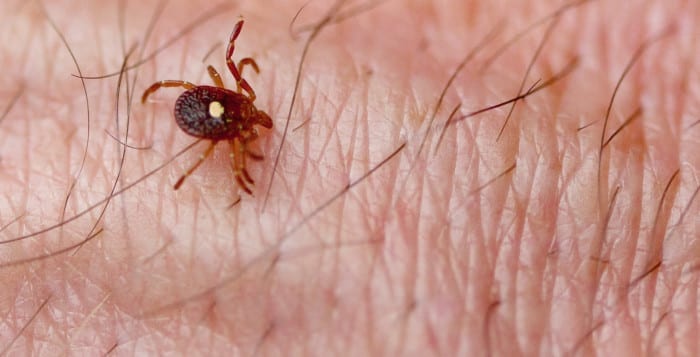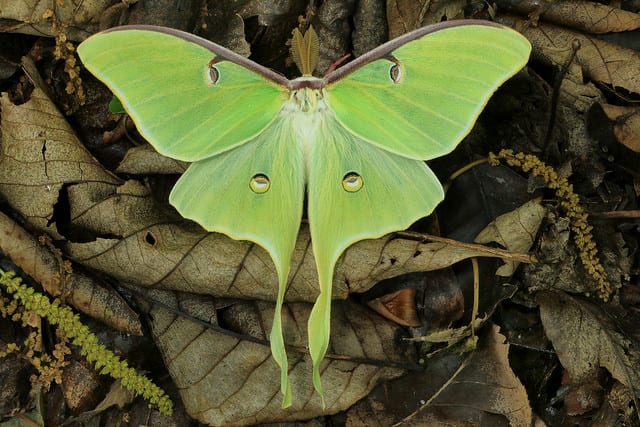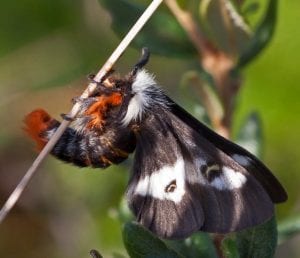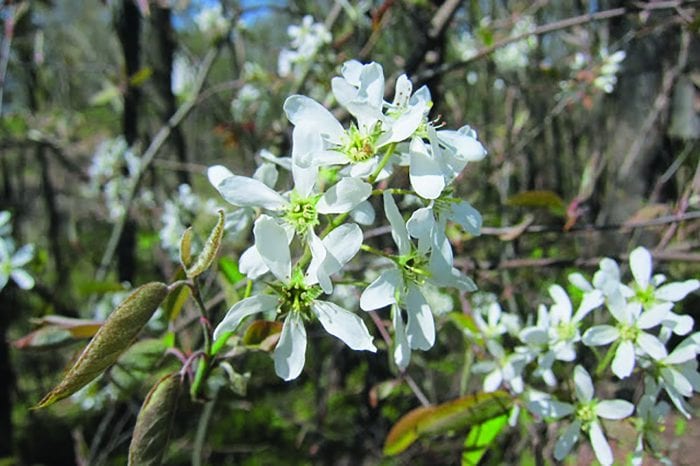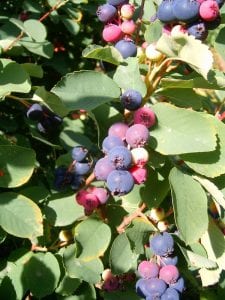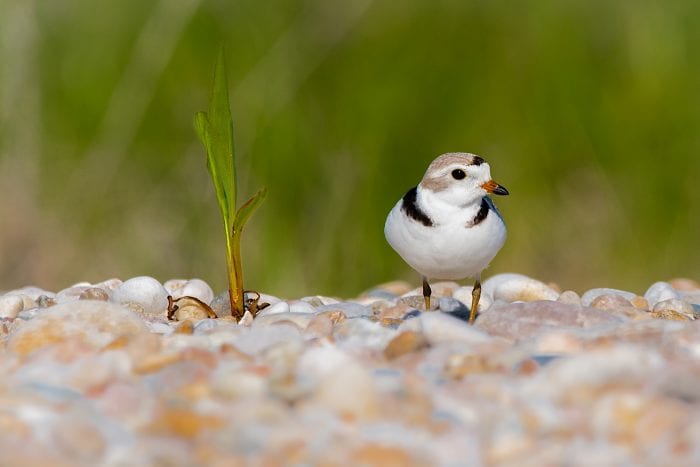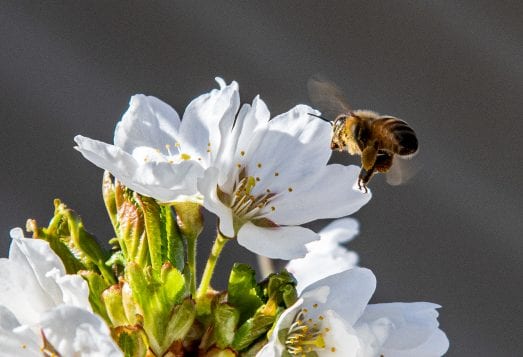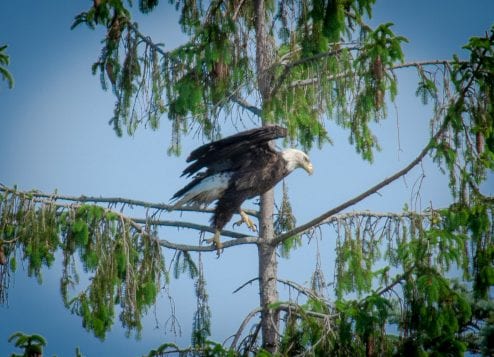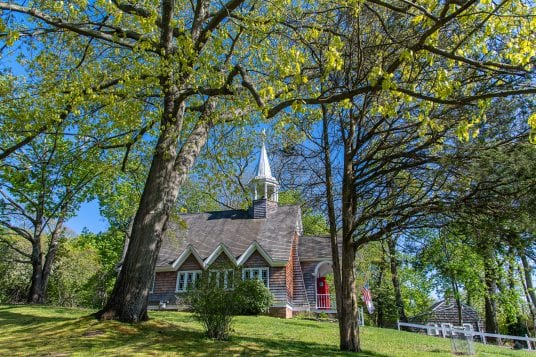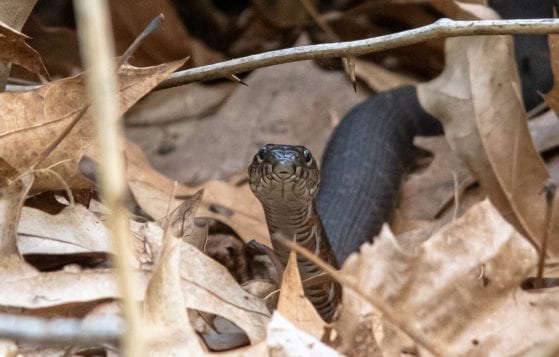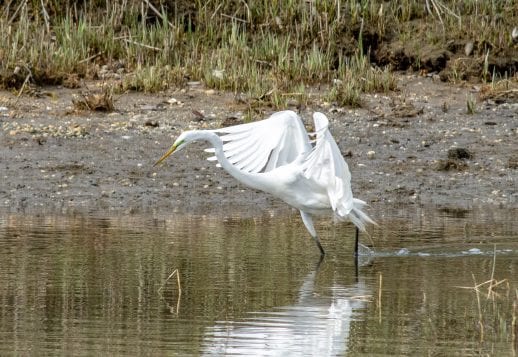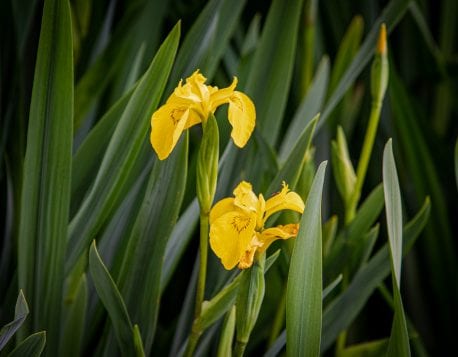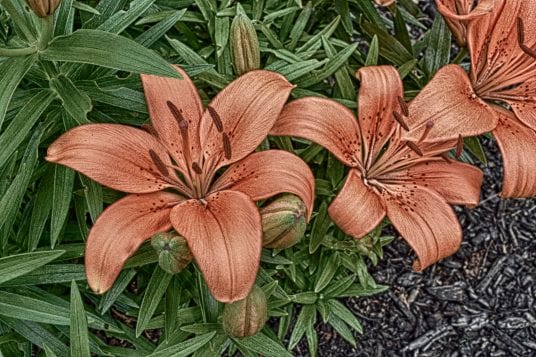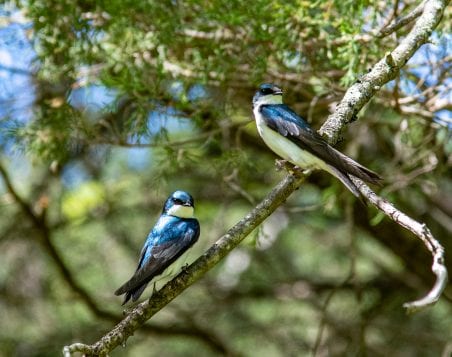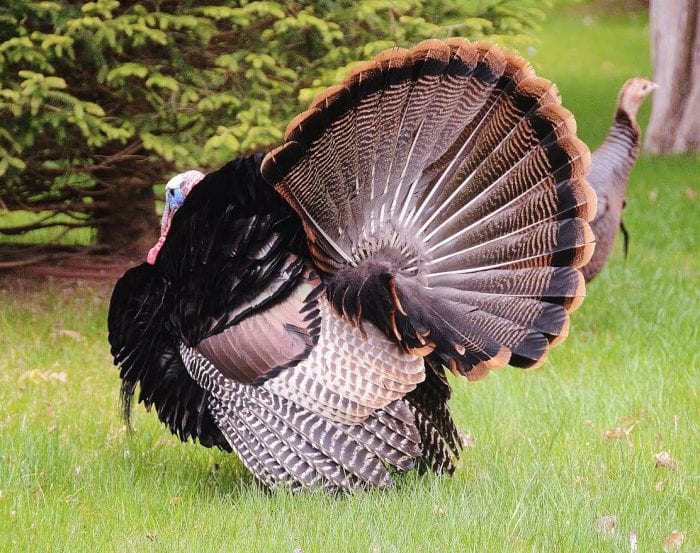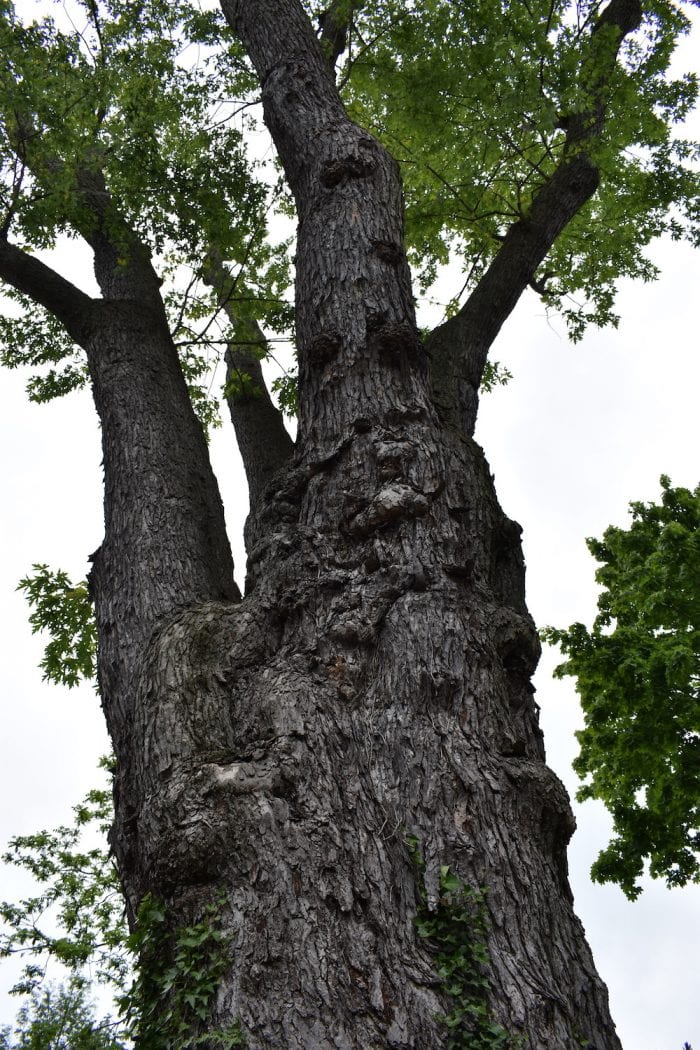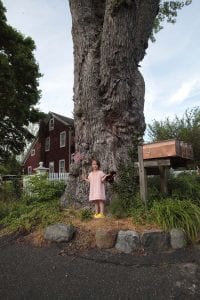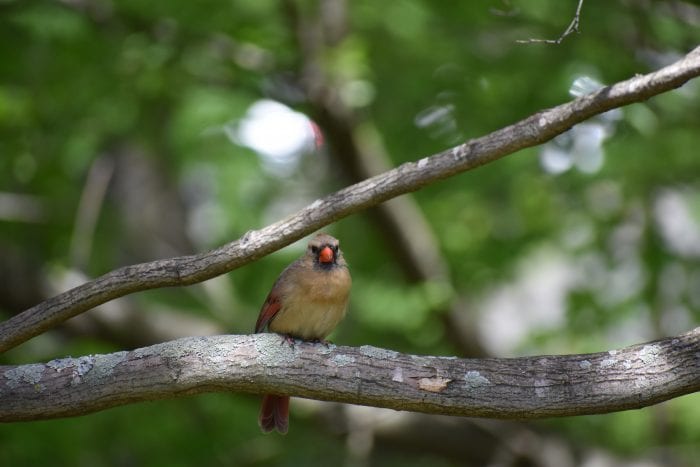Comsewogue school district is trying to leave its seniors with a little bit more than a diploma for all those who saw their last high school year cut short.
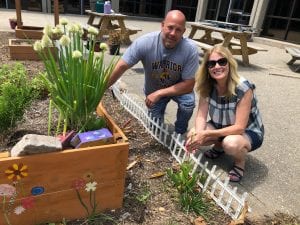
The district has planted hundreds of sunflowers in the high school courtyard, known as Jackie’s Garden after the late wife of former Superintendent Dr. Joe Rella, who in February also passed away.
The seeds number over 320, and should bloom into massive golden yellow flowers by the fall.
The plantings came together thanks to Chris Friedl, 26, from Backwoods Landscaping. A 2012 Comsewogue graduate, he said he was very empathetic to the 2020 graduating class who were missing out on so much as a normal senior year.
“It sucks, there’s no other way to put it,” Friedl said. “Going through all they’re going through with all this adversity, it’s incredible.”
Andrew Harris, a special education teacher in the district, said he floated the idea to district officials earlier this year. Friedl jumped at the chance to help. He was also the person who donated material for Jackie’s Garden several years ago. He has come back now and again to provide small upkeep to the flower boxes.
After clearing and cleaning the empty planting boxes, the district hosted a ceremony May 16 where students’ names were read as the landscaper planted the seeds.
Friedl asked if he could plant a seed for Joe and Jackie Rella. Though the garden was meant for students, Harris told him he could.
“He always remembered my name out of thousands of students,” Friedl said of Rella. “Nobody had a bad word to say about him or Jackie, which just says miles about the kind of people they were.”
A day and a half after they were planted, Harris said he came back to the garden. There, growing in the earth, he thought he saw weeds. Normally sunflowers take five to 10 days before one sees them start to sprout, but the two seeds planted for the Rellas were indeed springing from the earth.
“The hair on the back of my neck started to stand up,” Harris said. “I remembered how when I told Dr. Rella about this particular butterfly that kept coming back to our garden, even though we never had any butterflies before. He told me in his gruff Brooklyn-accented voice, ‘Andy, I believe with every fiber in my body that that is a sign from Jackie.’ I looked at the new sunflower sprout and had no doubt about what it meant.”
Official info on Comsewogue graduations is still to be determined, though students were delivered their caps and gowns this week.
Friedl offered some advice to seniors.
“Stay strong, the entire community is behind you, and keep your path,” he said. “The community really wants you to succeed.”


